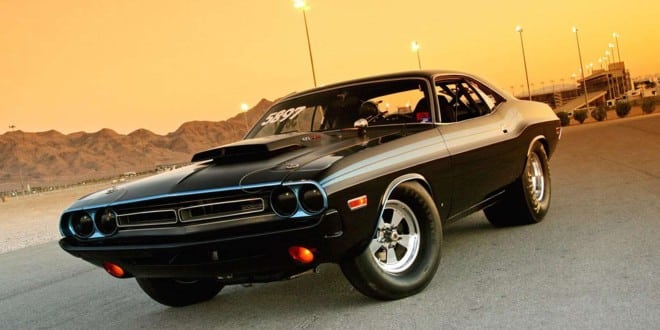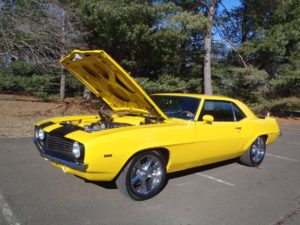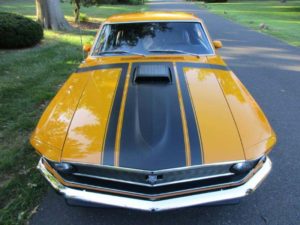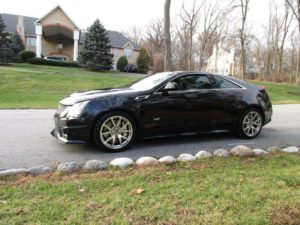Are you a muscle car lover? If you have always admired muscle cars, then you probably already know that most people have their stand-by favorites. Most people will agree that a muscle car represents America as much as apple pie and baseball. Muscle cars hold a special place in American history and many are still available for purchase today.
If you want to find out more about the best muscle cars on the market, then check out the quick list that we’ve put together at JD’s Auto Repair. Our shop is known for providing top of the line services at reasonable costs. Whether it’s for repair or for maintenance, our technicians know exactly what to do. We’ll be sure to take care of whatever car you bring into our shop.
The original muscle car was an American-made two-door sports car that came equipped with a powerful engine. These engines were known for their horsepower and were usually sold at affordable prices. Nowadays, muscle cars have evolved quite a bit, although they still attempt to carry that same aesthetic and power.
If you’ve always been attracted to a car that has unbeatable power coupled with aggressive features, then a muscle car fits the bill. The following cars are what we consider the best muscle cars in America: 1969 Boss Mustang 429, 1970 Pontiac GTO, 1969 Dodge Charger, 1969 Chevy Camaro Z28, 1967 Chevy Chevelle. These muscle cars embody the concept of power and aesthetic, making them some of the most sought-after cars around.
To put it one way, muscle cars are an intermediate step between your vanilla everyday car and a full-on sports car. A sports car is at its core, a racing machine. Thus it is engineered, not only for top speeds, but also control at those speeds. Lightness, low center of gravity, fast gearboxes all help in control and these are all standard sports car features. Frankly, the top speed attainable, or even the acceleration is largely a function of the engine. Building high horsepower engines are easy, and the easiest way to reach that is to follow W.O.’s immortal words, “There is no replacement for displacement.” So it is easier to reach 200mph, but what about handling at 200mph? To do that your body work must generate enough downforce, so you do not literally fly off the road. Your tires must provide enough grip to enable steering inputs while ensuring a planted feel. Your bodywork and engine must handle the stresses that come with those speeds. It is one thing to cross that barrier, and an entirely different thing to stay there, and then come back alive to tell the tale.
Thus engine development is just one aspect of a proper sports car, while it is the main focus of a muscle car. Of course, the flipside is that muscle cars are cheaper. Much, much cheaper. (For the full impact of this paragraph to sink in, it is advised to read it in a Jeremy Clarkson voice, with the emphasis on words like proper and much.
So a true blooded sports car will be definitely more expensive. Thus, it will not be just a car, but rather a rolling piece of automotive art. Such a car will thus be built by craftsmen, not robots. Artists who have an obsessive attention to detail, and with a flair of wildness. And the cars themselves will be defined by their engineering innovations.




